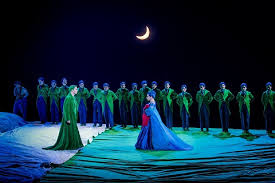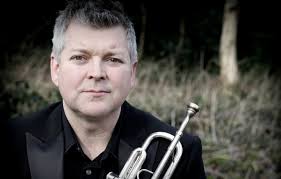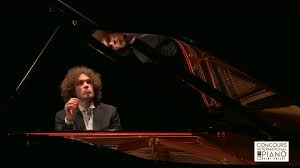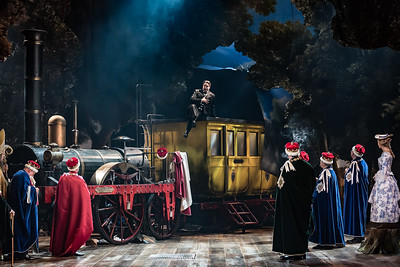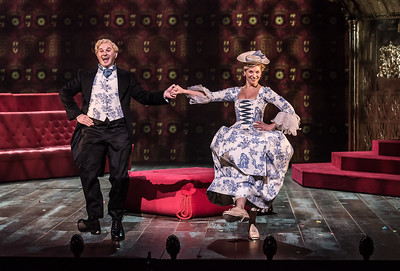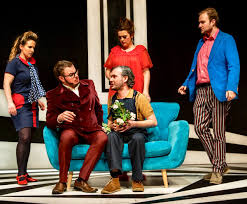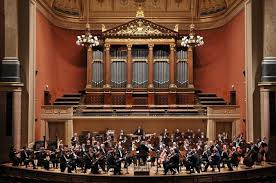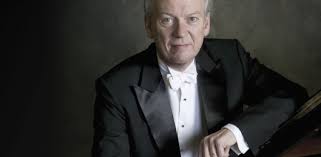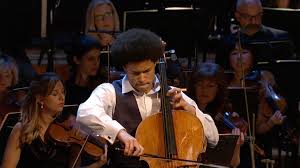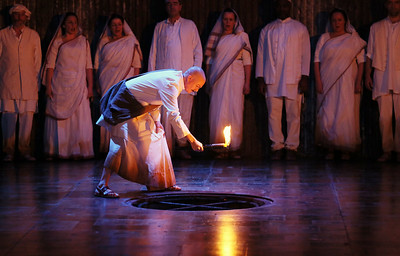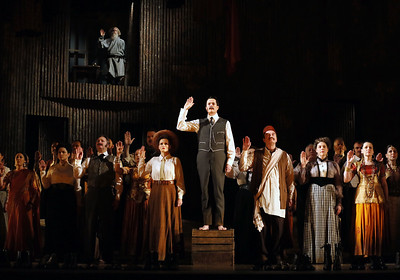St Mary in the Castle, Hastings, Friday 16 March 2018
Mozart’s The Magic Flute is open to a wide range of interpretations and as long as it is well sung and sensitively staged it will always impress. This was certainly true of Opera Anywhere’s visit to Hastings last Friday. The opera may have been pared down and was without a chorus, but the narrative made sense throughout and many of the voices were exceptionally good.
Director Susan Moore had taken a fairy-tale approach to the work, almost a dream in the mind of Tamino, where singers move role with ease and the unexpected is simply accepted. Doubling the three ladies with the three boys was particularly effective, the Sesame Street boy puppets being delightful as well as creating distinctive personalities.
Using modern dress however can cause some problems. Where Mozart’s racism is simply avoided by making Monostatos as European as the rest of the cast, the latent anti-feminism of the text is more difficult to hide, particularly Sarastro’s oppressive not to say overbearing presence.
One way to soften this is through the characterisation of the Queen of the Night. Here Helen Winter’s fading Hollywood Diva is absolutely at one with the baroque ornamentation of her arias. She is a fish out of water and wonderfully so.
Tristan Stocks’ Tamino is a student growing into his maturity, vocally secure but not yet adult enough to be more than a prince. He is fortunate that his Pamina, Olivia Lewis, is so positive, both vocally and histrionically, despite her obvious youth, that she has the strength for both of them. The tests through fire and water were imaginatively staged, with Pamina delighting in the flames and splashing the water – a lovely touch.
Oskar McCarthy is an amiable Papageno, strong on humour without over-egging his opportunities, in contrast to Mark Horner’s stalwart Sarastro.
The surprise of the evening was Jack Roberts’ wonderfully lyrical tenor as Monostatos, doubling for various priests. He gave us some of the finest Mozart singing of the evening and it would be good to hear him as Tamino.
Accompanied throughout by Louisa Lam on piano and keyboard, and Nick Planas on flute, the additional sound effects were always apt.
Opera Anywhere return to Hastings pier in August with Pirates and Pinafore.


